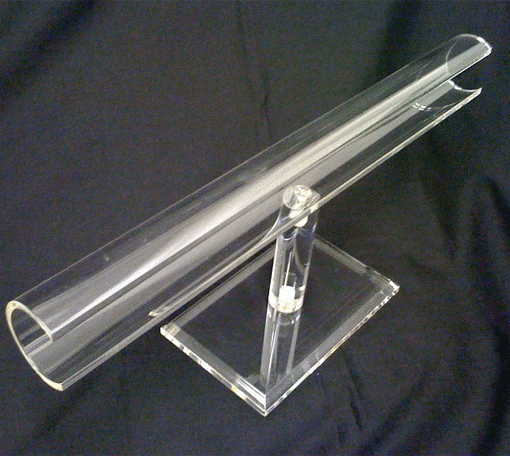There are many plastic production methods to pick from, and there are broad ranges related to flexibility of shape, set-up costs, charges for each component part, finish time, and the scope of manufacturing the method allows. Popular techniques feature CNC (computer numerical control) machining and vacuum formation, both of which serve different design and style and production needs. CNC, for example, has a moderate level of flexibility when it comes to the shape, a completion period of less than a day, a moderate setup cost, expensive individual parts, and suits large scale manufacturing. Vacuum formation, on the other hand, provides a restricted flexibility of shape, only really suitable for producing simple forms, and can have a completion period of up to one month. Furthermore, since there’s a diverse scope of CNC machines, ranging from simple desktop machines, to considerably more advanced pieces of equipment, the setup costs vary from low to very high, and the price per part and the completion time are significantly diverse, and reliant on the sophistication of the equipment.
CNC Machining
CNC machining is a computer operated subtractive approach, which removes material from plastic in order to build the desirable form. The computer is high-tech, with the capability to change a model into figures by using a computer aided design computer software program. The numbers are competent to control the machine to cut the necessary shape. To set up, the pieces of equipment require an intermediate step in the development and validation of tool paths. When the machine is provided with the tool paths, the subtractive procedure is started. When the assembly is complete, the component is cleaned, smoothed, and cut. In case you are looking for more tips with regards to snap frame a5 this particular webpage display-warehouse.co.uk has got numerous more articles and reviews with respect to snap frame a4.
For low volume plastic component part requests that require tight tolerances and shapes which are challenging to shape, machining is suitable. CNC machining also offers low to moderate initial costs, and can manufacture top of the line plastic pieces with short completion times. Even so, with an increase of product intricacy, the price per part boosts. Moreover, the method needs tool access allowances, and particular designs, for example those with rounded interior channels, are near-impossible to form with CNC manufacturing.
Introduction To Vacuum Formation
Vacuum formation is a process during which plastic material is heated up and moulded, usually working with a mould. The enormity and complexity of vacuum-forming machines cover anything from affordable desktop technology to innovative production machinery.
It can be appropriate for any venture, from custom-made designs to large-scale production, considering the large array of equipment available and that also automation is an option if required. However, there’s little flexibility in the different kinds of design it can create, and is also unfortunately only competent to generate parts with basic geometries. When compared with other techniques, tooling prices are minimal, simply because vacuum formation merely needs minimal forces and pressures. Generally, for modest manufacturing sizes the moulds are constructed of 3D printed resin, or even plaster, and for greater manufacturing sizes more robust equipment made from metal is used.
The production process starts off with a sheet of plastic getting clamped and heated up up until the plastic becomes mouldable. The plastic is then placed into the mould and cooled down, and quite often fans and other cooling methods are used in order to speed up the chilling process. The ultimate stage entails any excess plastic being removed.


